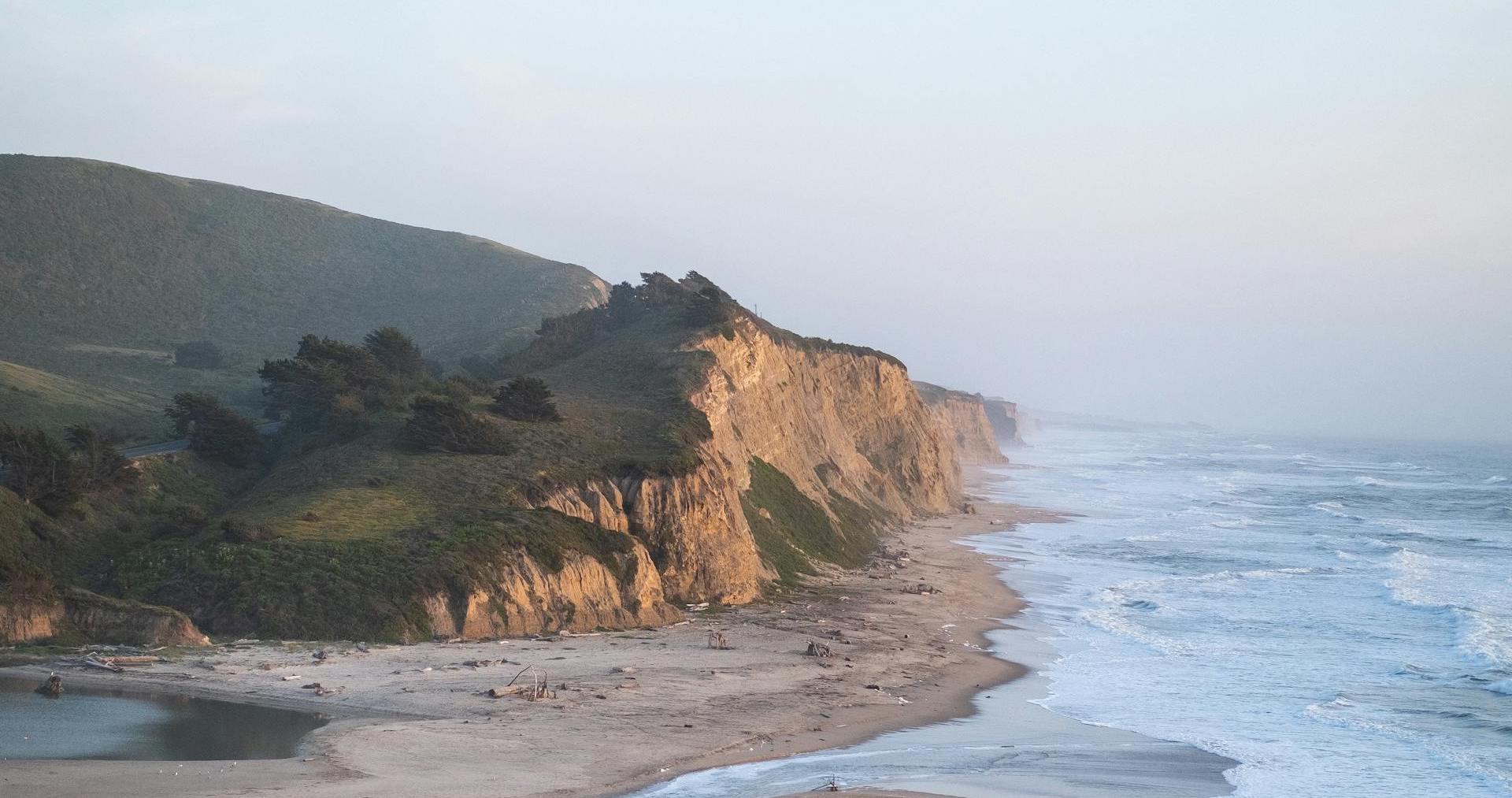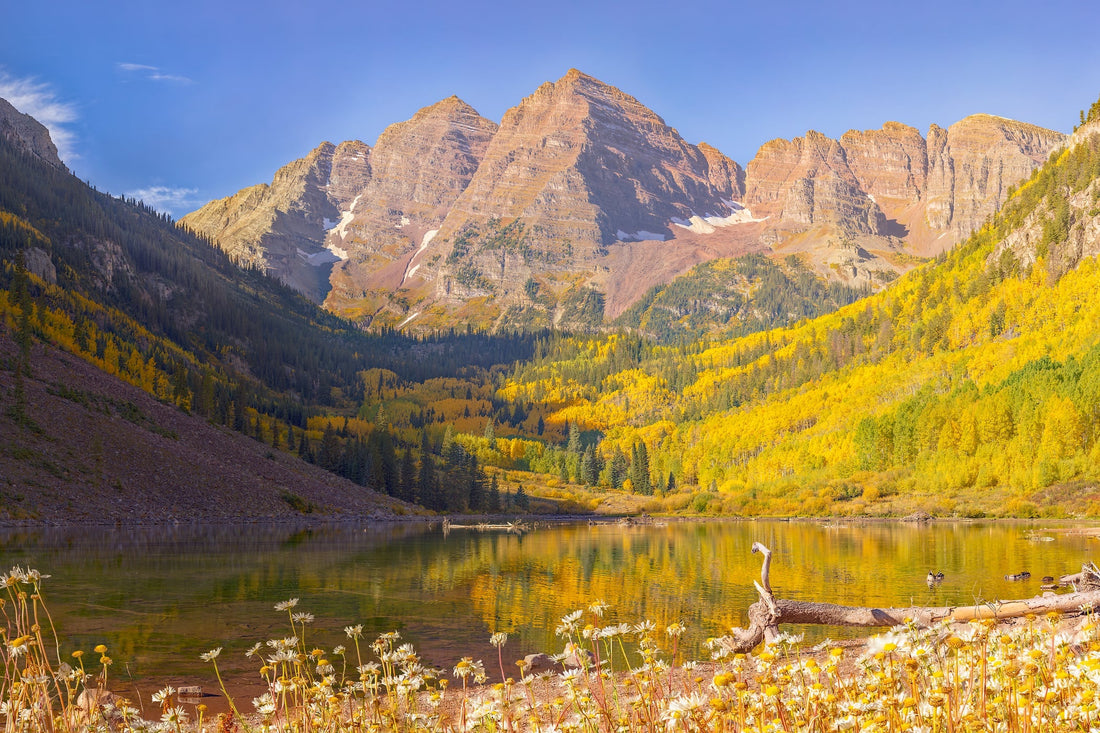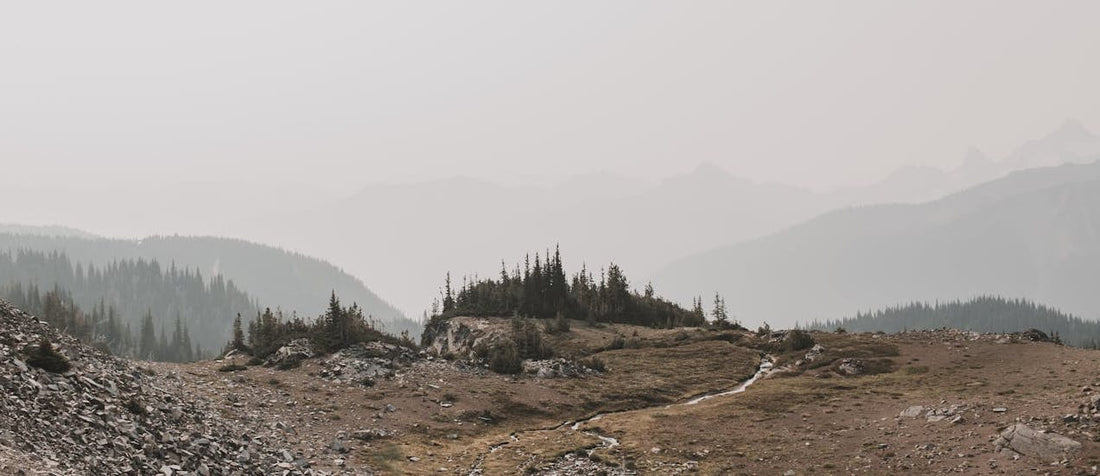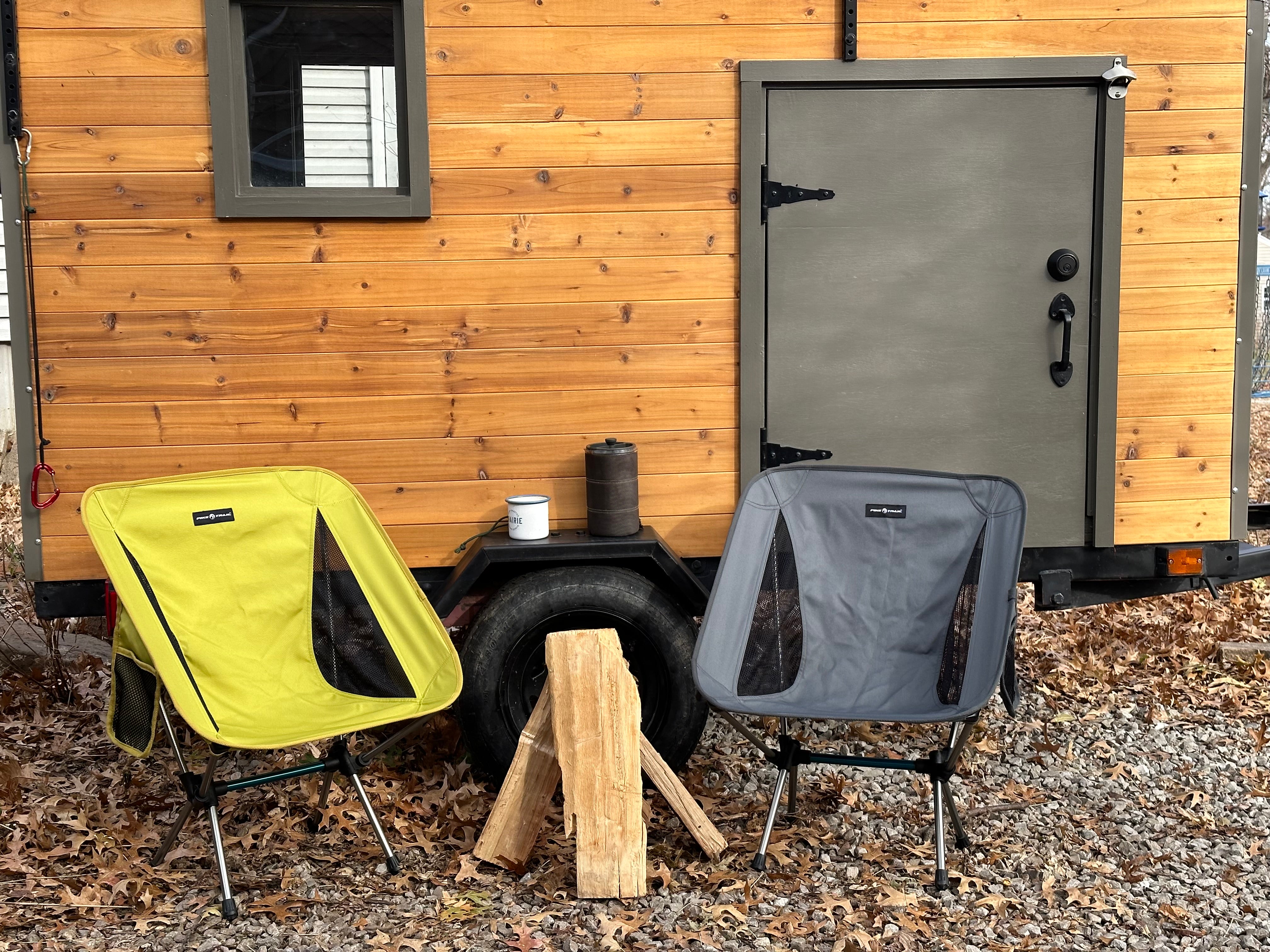Photo by Matt Bango: https://www.pexels.com/photo/beach-and-cliffs-on-sea-shore-13908593/
The Lost Coast Trail is a dream for many backpackers seeking solitude and raw beauty. Stretching across the King Range National Conservation Area in Northern California, this trail offers a rare opportunity to experience the state’s most isolated coastal wilderness. For those ready to embrace the elements, prepare for challenges, and be rewarded with incredible sights, this guide will help you navigate the Lost Coast Trail with confidence.
The Allure of the Lost Coast
The Lost Coast Trail isn’t your typical coastal path. While many California beaches are easy to access and often crowded, this remote stretch remains untamed. Towering cliffs and rocky outcroppings rise dramatically from the ocean, with secluded beaches, tide pools, and breathtaking coastal views. Here, you'll discover pristine wilderness and a sense of seclusion that’s increasingly hard to find.
Challenges on the Lost Coast Trail
Backpacking the Lost Coast Trail is not for the faint of heart. It presents unique challenges that set it apart from other coastal treks:
1. Tides and Timing: One of the most critical aspects of hiking this trail is planning around the tides. Several sections become impassable at high tide, requiring you to synchronize your hiking schedule with tidal charts. The consequences of poor timing can be dangerous, so it’s vital to plan your route meticulously.
2. Terrain and Navigation: The trail lacks defined paths in some areas, forcing hikers to walk on loose sand, slippery rocks, and pebbles. It’s demanding on your legs, and progress can be slow. Navigation skills are essential, as certain segments may be obscured by fog, and signage is sparse.
3. Weather and Wind: The Lost Coast is notorious for its unpredictable weather. Temperatures can drop rapidly, and thick coastal fog often rolls in with little warning. Strong winds off the Pacific are common, and rain can make conditions hazardous. Bring sturdy rain gear and be prepared for rapidly changing conditions.
Rewards of the Lost Coast Trail
Despite its challenges, backpacking the Lost Coast Trail is incredibly rewarding. It’s a journey that showcases the raw and rugged beauty of California’s coastline:
1. Stunning Scenery: With steep cliffs, black sand beaches, and dramatic ocean vistas, every step offers incredible views. As you hike, you’ll encounter tide pools brimming with marine life and small streams flowing into the ocean, adding to the scenery’s dynamic beauty.
2. Solitude and Wildlife: Unlike popular trails, you won’t be fighting crowds here. Instead, you’re likely to spot seals lounging on the beach, sea otters playing in the surf, or even Roosevelt elk grazing along the shore. Birdwatchers will also find the area teeming with coastal and migratory birds.
3. The Feeling of Adventure: Completing the Lost Coast Trail feels like a significant accomplishment. The challenges make the journey an unforgettable experience, and reaching campsites isolated from the rest of the world can provide a true sense of escape and connection with nature.
Ideal Conditions for the Lost Coast
The best times to hike the Lost Coast Trail are spring and fall when temperatures are moderate, and rain is less frequent. Summer offers mild weather, but fog is more persistent, and some areas can become crowded by Lost Coast standards. Winter is often rainy and stormy, making the trail potentially hazardous.
When planning your trip, consider these factors:
- Tidal Timing: Make sure to review tide charts well in advance to determine safe hiking times. It’s wise to plan conservatively, allowing extra time in case conditions delay your progress.
- Weather Forecast: Keep an eye on the weather leading up to your hike and prepare for sudden changes. Windbreakers, waterproof clothing, and layered clothing are essential.
Permit Requirements and Regulations
Since the Lost Coast Trail traverses through protected wilderness areas, a permit is required for overnight backpacking. The Bureau of Land Management (BLM) issues permits, which are often limited to prevent overuse and maintain the trail’s pristine environment. Plan ahead, as permits can be in high demand during peak seasons.
Key Permit Details:
- Permits are required year-round for overnight backpacking.
- Limit group sizes to no more than 15 people to reduce impact.
- Leave No Trace principles are strictly enforced, so practice responsible camping, pack out all waste, and respect wildlife habitats.
What to Pack
A successful trek along the Lost Coast Trail requires careful packing. Here are some essentials to consider:
- Tide Charts and Maps: Print these out in advance since cell service is unreliable along the trail.
- Weather-Resistant Gear: Pack a reliable rain jacket, waterproof socks and gloves, and warm layers to combat the unpredictable coastal weather.
- Water Filtration System: Freshwater sources are limited, so bring a filtration system for stream water.
- Bear Canister: The BLM requires bear canisters for storing food, as black bears are known to frequent the area.
- Hiking Gear: Trekking poles and water resistant bags are a must for coastal rainy conditions.
Wildlife Encounters on the Lost Coast
Hiking the Lost Coast means sharing the trail with various wildlife. Besides the occasional bear or elk, you might come across smaller critters like river otters or see sea lions lounging in the distance. The rocky shores host an array of tide pool ecosystems teeming with anemones, starfish, and crabs.
If you’re lucky, you might even spot gray whales migrating along the coast during the spring or fall. However, remember to keep a safe distance from all wildlife to ensure their protection and your safety.
Final Thoughts
Backpacking the Lost Coast Trail offers an adventure like no other. It’s not just a hike; it’s a test of resilience and adaptability, with rewards that go beyond the stunning scenery. If you’re ready to embrace the elements, navigate the tides, and face the challenges head-on, the Lost Coast will leave you with unforgettable memories and a deep appreciation for California’s wildest shorelines.
Plan carefully, pack wisely, and leave only footprints—this hidden gem deserves to stay just that: a place where true adventurers can experience nature at its most raw and beautiful. Happy trails!






